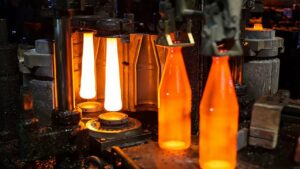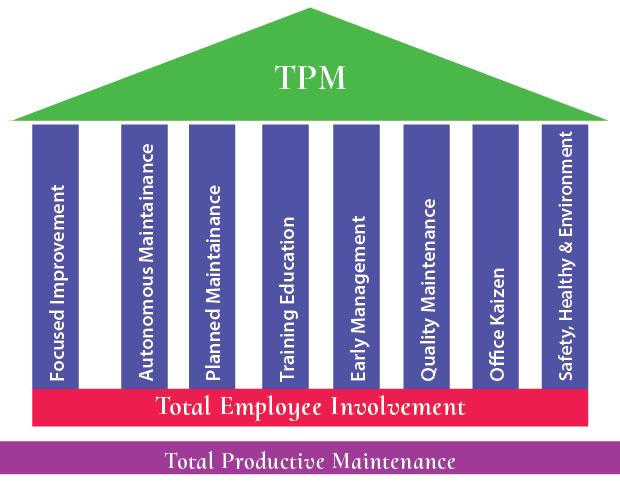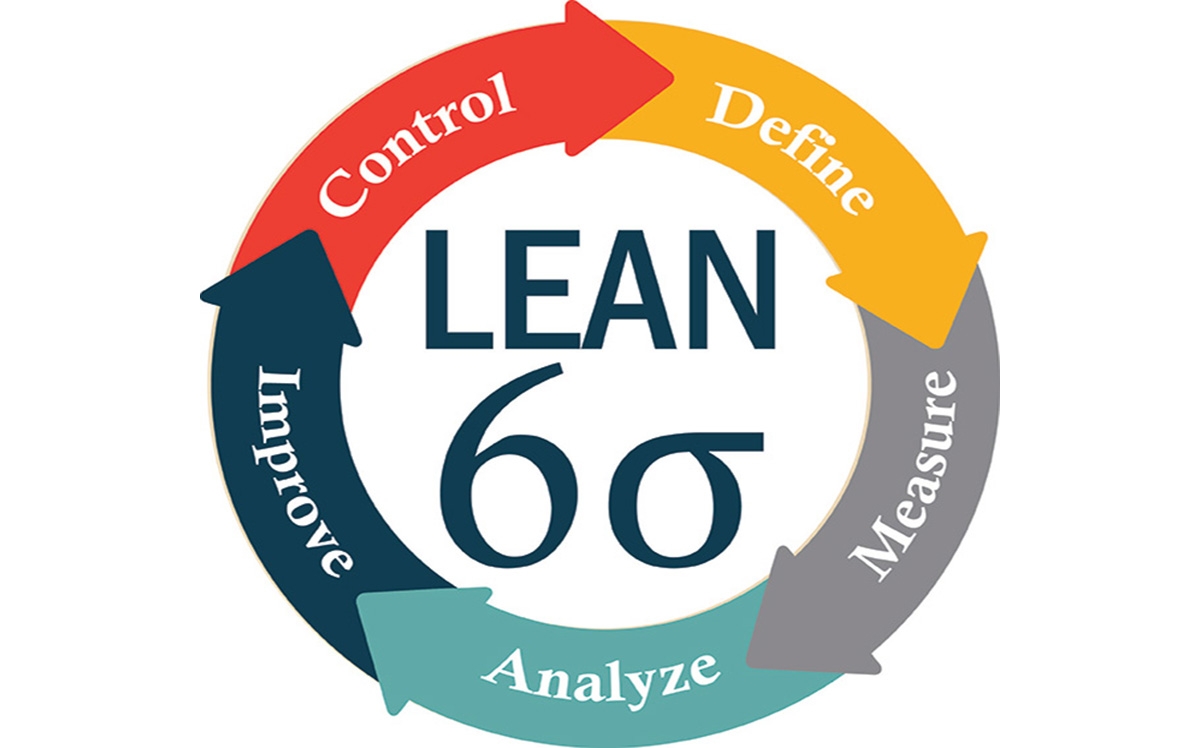Raw Materials
The primary raw materials are used in manufacturing glass bottles are Sand, Soda ash, Limestone and Cullet..
Batching Process
The glass bottle production process is a continuous process so batching also done continuously to feed the furnace. The continuous feed of raw material to the furnace is done by belt conveyer until the furnace beginning.
Melting Process
Every batch of the raw materials fed into the furnace will be heated and melted, and continuously send to the next process.
Soaking or Clarification
A part of the composition may not be melted because of the rapid heating, so to make sure everything is melted the composition is maintained at peak temperature for 3 to 8 hours based on the composition
Cooling Stage
The Molten glass is cooled to lower temperature to make the viscous condition. Because if the glass is fluid like condition is difficult to blow into the required shape. Once it is cooled, it will become a viscous state then it is sent for the feeders.

- The next stage of the glass bottle manufacturing is to feed the glass blowers.
- Feeders do this process. Feeders have openings at the bottom of the furnace end.
- Low shear panels control these openings. This shear panels continuously cut the molten glass to get the required quantity of viscus mass for blowing.
- The amount of mass passed through the opening can be controlled by the speed of the sheer panels. The rate of the shear panel is controlled when required for different sizes of the glass bottles. If need a big size glass the sheer panel speed will be less and vice-versa.
- The cut glass mass is called as garbs; The garbs forms elongated shape during the cut from the furnace.
- The garbs are ready for the next process and now it one step away from to get the shape. The next step is blowing.

- The forming machine will transfer the garbs into containers.
- The air is blown through the forming machine when the garbs are placed inside moulds.
Now the hot air is blown into the garbs to form the shape of the mould. Hot air is used to avoid sudden cooling or sudden thermal shock to the glass. - The formed shape is released from the mould. And Then based on the shape required a second part may be attached when at this temperature. After this temperature, we can’t join anything to the glass body. If you need to anything to the body, then you need to melt the bottle again.
- In this stage, the bottle cap sealer line is marked or joined to the body.
- Once the shape formation is complete, then it is sent for the next stage called Hot end coating.

- A Thin layer of tin is applied in the process. The coating is used to give the better strength for the glass bottle.
- The application of the tin coating to the body of the glass bottle is made at around 350-degree Celsius.
Annealing
When the glass container is formed, the outside surface cools more rapidly than the interior side, causing stress in the glass
Cold end Coating
A thin layer of polymer is applied to the glass container. The temperature of the polymer coating lies around 100-degree Celsius.
Inspection
All glass containers are checked for any foreign contamination in the glass and air bubbles in the glass
The inspection is done at multiple levels. Both automatic and manual checkings are done to ensure the product quality is perfect for the customers.
Packing
All the good bottles are packed based on the customer requirement. Usually, glass bottles are wrapped in a cardboard box which has multiple segments separated by corrugated sheets. Packing is done by automation to avoid any damage during preparation
Tools & Techniques used in our Bussiness



